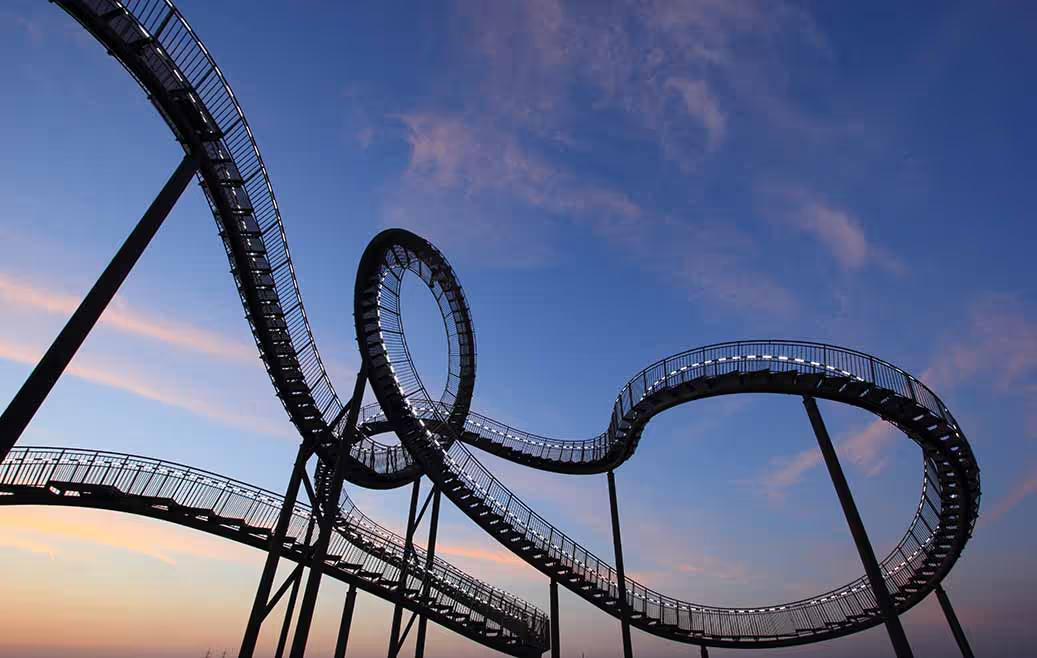A Short History of UWB
Hertz & Marconi - rings a bell?
The origins of UWB, ultra-wideband, go back to the 1880s when Heinrich Hertz invented the Spark Gap Transmitter and proved the theory of electromagnetic waves. Guglielmo Marconi, inspired by Hertz, developed and improved his radio device and gradually increased the distances covered by his transmissions. In 1899 he managed to broadcast across the English Channel and he succeeded to send the first radio transmission of morse code sequences across the Atlantic Ocean in 1901,covering a distance of over 3000 kilometers. Stunning!
UWB robustness well suited for military applications
However, AM and FM radio signal technology took over when voice transmission was required for ease of communication. UWB technology was supposedly dead and buried until impulse-based wideband radio technology called RADAR was developed in top-secret laboratories during World War II. RADAR was able to determine the range, angle, and velocity of objects. Immediately after the war, impulse-based transceivers started to gain momentum in military applications as location finding and communication technology. The defense industry started to utilize UWB because of its robustness and high standards for secure and reliable communications.
FCC approval for commercial UWB use
It is the ultra-wideband’s unique ability to deliver location data that continued to spark the interest in UWB systems for a broader use. While the use of UWB was restricted to military purposes until the 21st century, thanks to regulatory changes, it became possible to use UWB systems in general data communication applications.
Despite the renewed interest in UWB technology in the 1980s for industrial use, it took until 2002 for the official UWB standardization initiative to kick off. The FCC(US Federal Communication Commission), pressured to approve the use of the unlicensed UWB technology for commercial purposes, released the First Report and Order (R&O) under strict power emission limits.
Also, the European and other regional regulating bodies defined the use of the communication channels and frequency range.
More updates on UWB applications, standardization, and global regulations can be read in our article on the state of UWB in 2024.
Indoor GPS, but better, much better
Apple became the first to embrace UWB in consumer electronics to provide positioning data in its iPhone 11 with its U1 chip. Today, many smartphone manufacturers have embedded UWB, including Samsung, Google, and Xiaomi. Technology giants adoringly refer to UWB as “Bluetooth on steroids” or “Your precise indoor GPS”. The quick adoption of Apple AirTags and the keen interest from semiconductor companies are proof of UWB’s recent and stellar success.
The future is ultra-wideband
Innovators and future-forward companies are well-aware of the UWB benefits that take accuracy, robustness, security, and convenience in their use cases to a new level. The commercial use of UWB technologies is obviously on the rise in consumer electronics, but the new UWB disciples can also be found in Industry 4.0 solutions, as described in the Pozyx ebook on UWB in RTLS – real-time location systems.
UWB is the single most efficient location technology that combines accuracy with affordability, hence its success in industrial use cases that increase efficiency and bring valuable and actionable insights to the production floor.
So now that you know about the fascinating history of UWB, Pozyx believes that the future will be equally successful. The future is ultra-wideband.
Find out more about the benefits and downsides of all location technologies and read the Pozyx blog that compares ultra-wideband (UWB) technology to other positioning technologies.
Stay in the loop!
Stay up to date with the latest Pozyx and Industry news on Real-Time Location Tracking. Don’t miss out! No spam, promise.
Yes, sign me up










